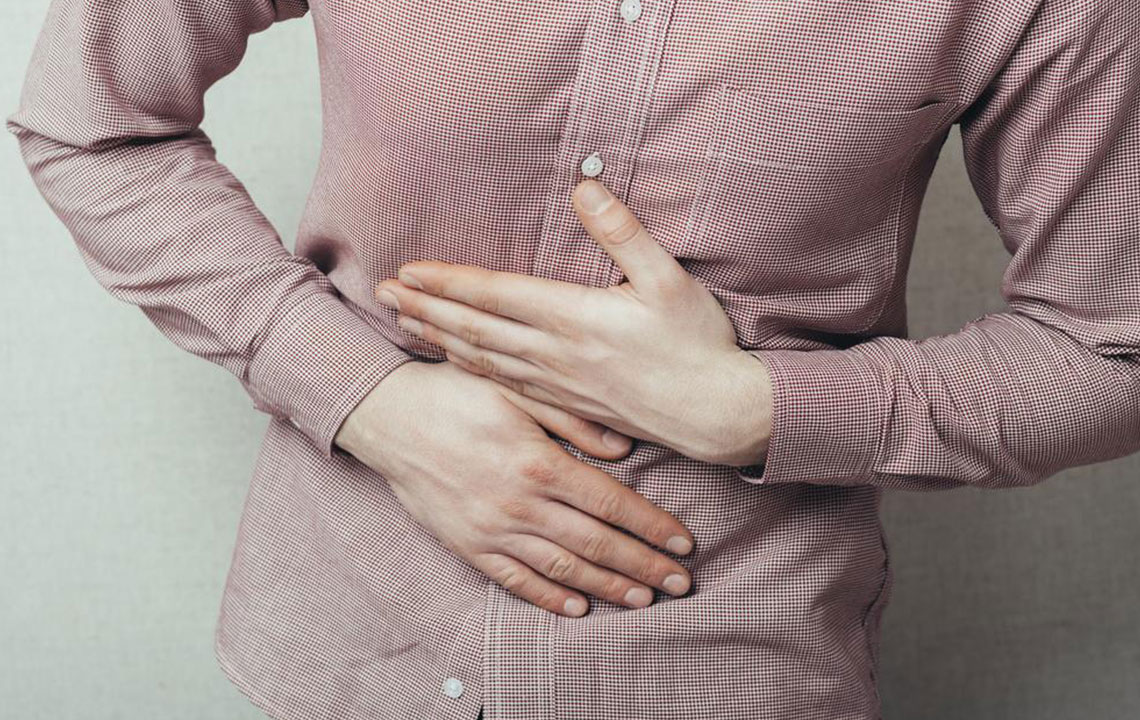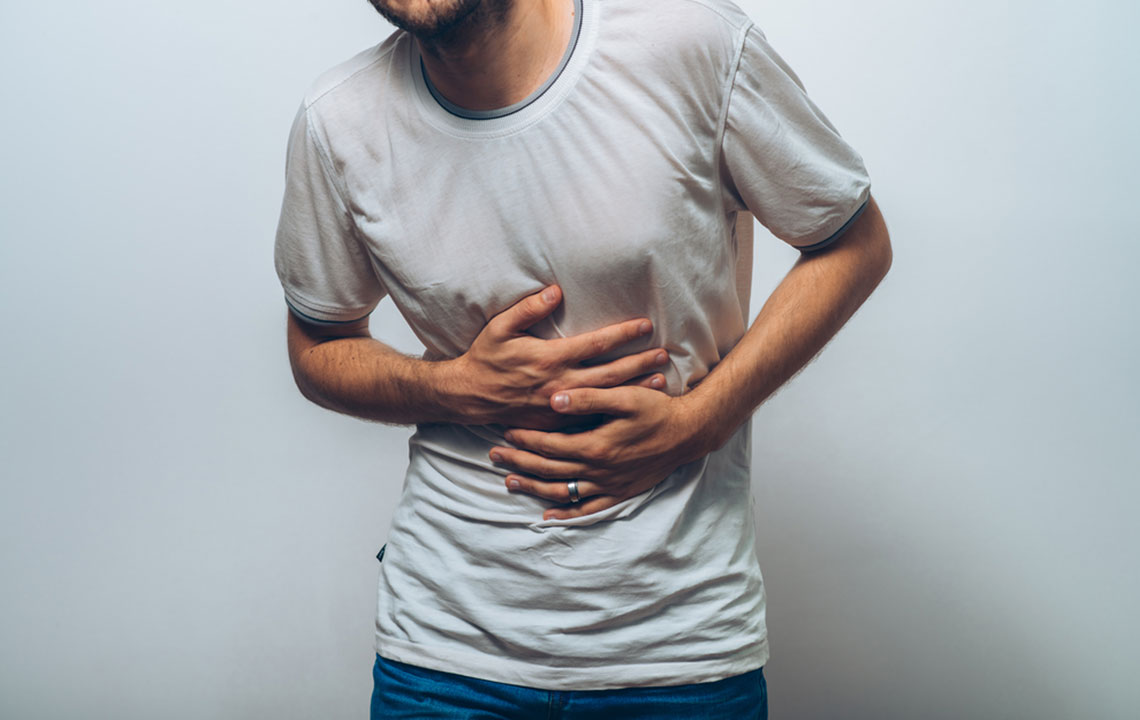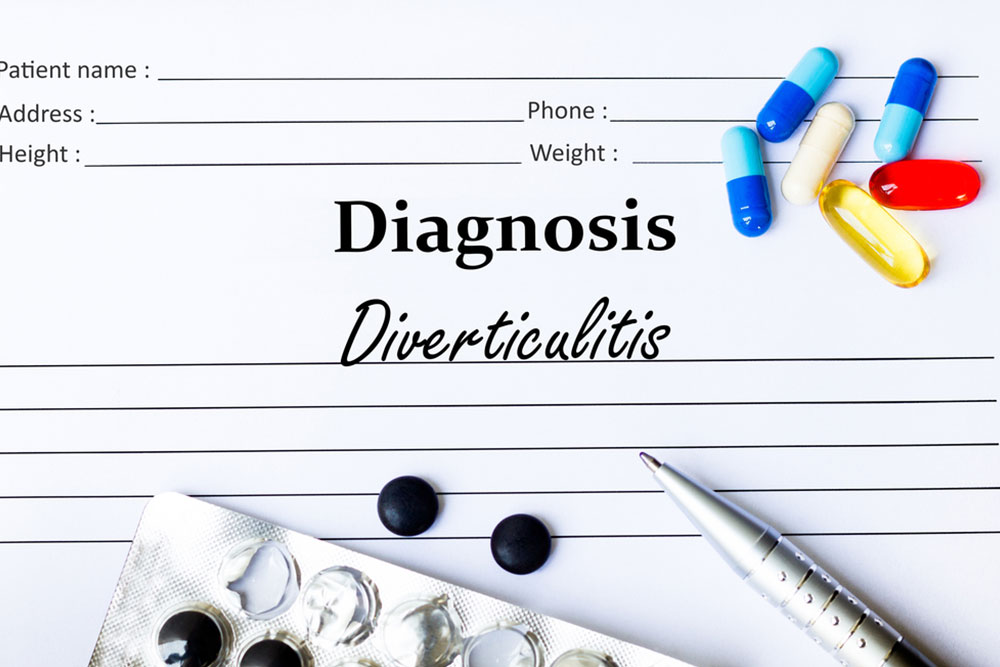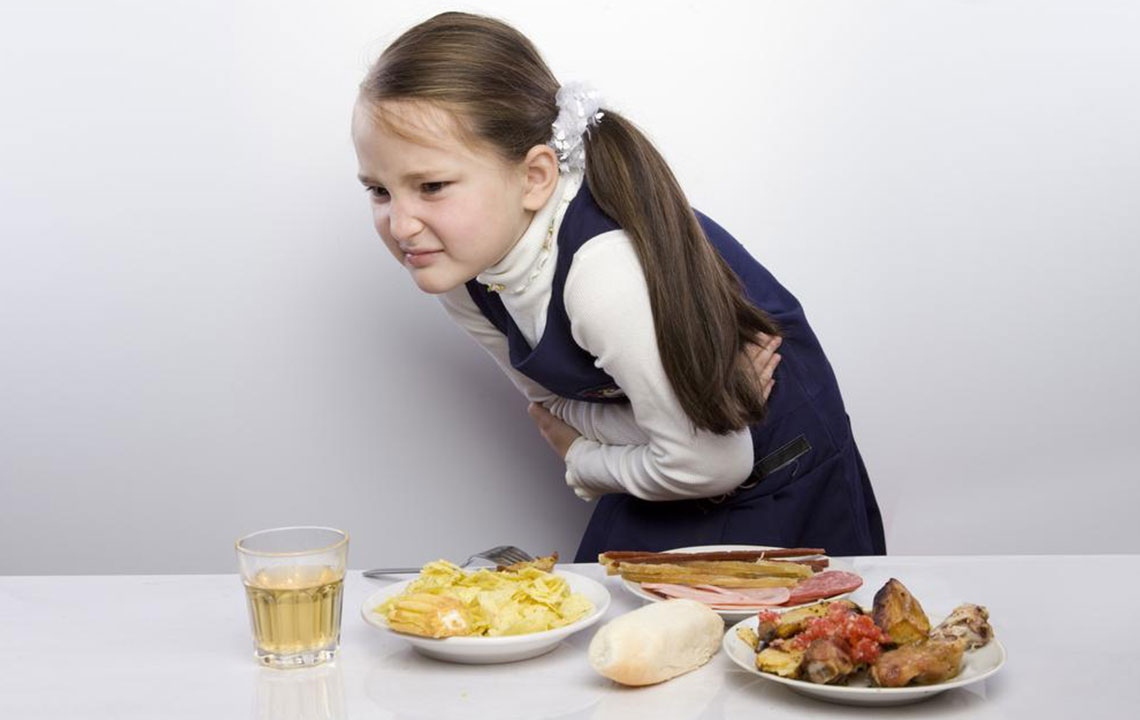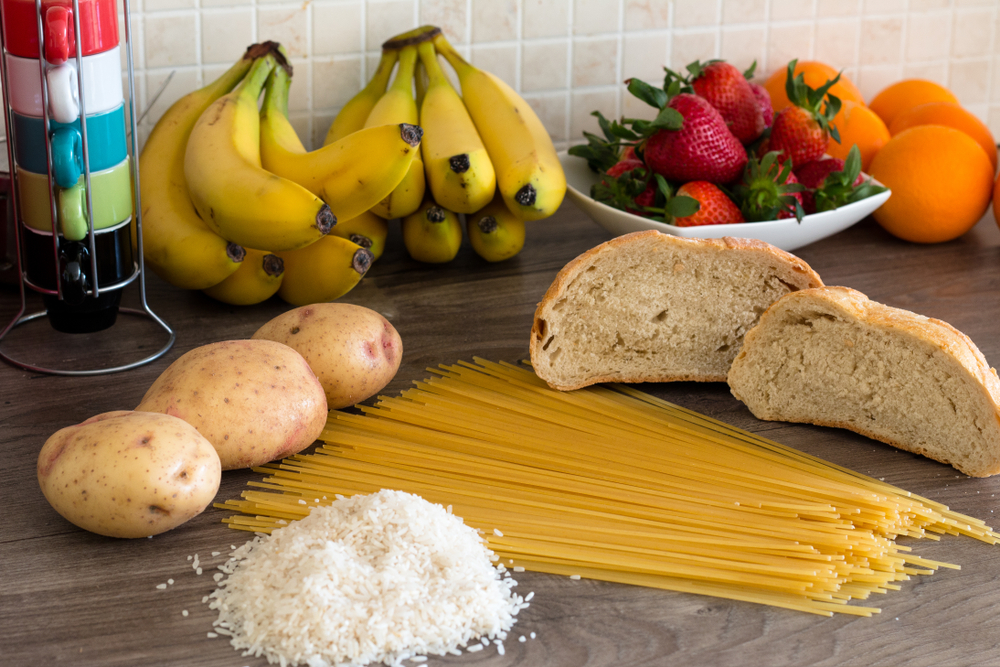Comprehensive Guide to Managing Diverticulitis: Causes, Symptoms, and Effective Treatments
This comprehensive guide provides detailed insights into diverticulitis, covering causes, symptoms, diagnostic methods, and effective treatments. It emphasizes lifestyle changes, dietary modifications, and medical interventions necessary to manage and prevent complications of this common gastrointestinal condition. Learn how to identify symptoms early and adopt healthy habits for long-term relief and prevention.
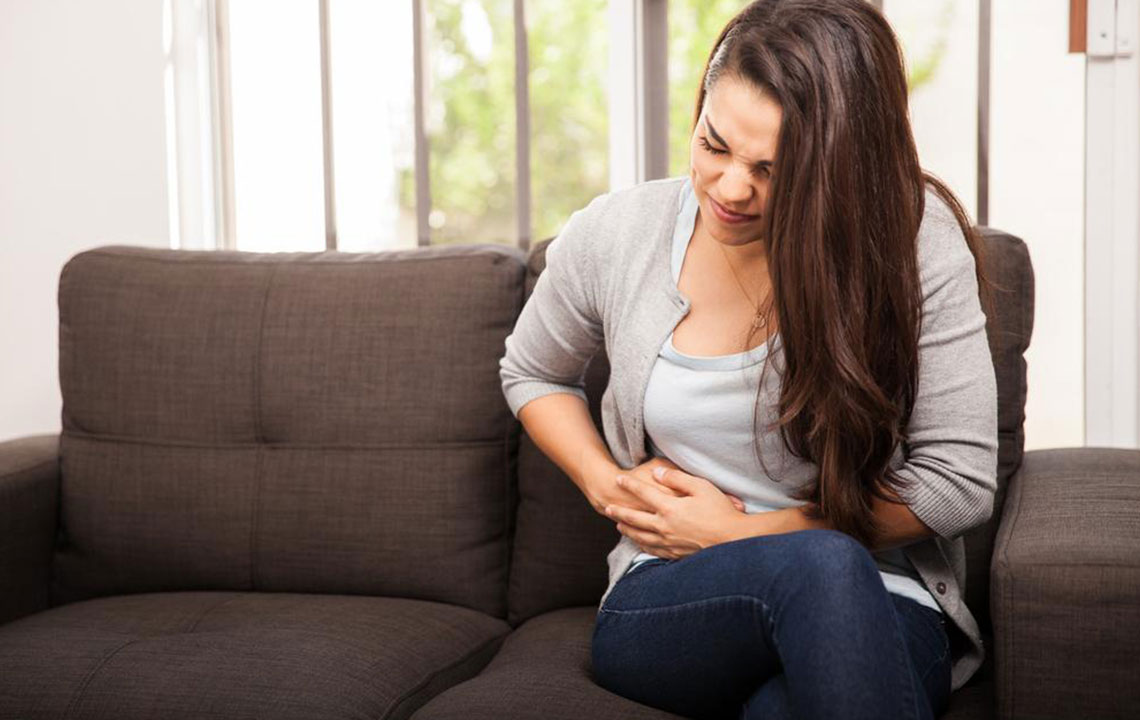
Understanding Diverticulitis: Causes, Symptoms, and Treatment Options
Diverticulitis is a common gastrointestinal disorder characterized by the inflammation or infection of small pouches called diverticula that form in the wall of the large intestine. These pouches are usually harmless and often go unnoticed when they remain asymptomatic, a condition known as diverticulosis. However, when they become inflamed or infected, it results in diverticulitis, which can cause significant discomfort and health complications. This condition predominantly affects adults over the age of 40 and is more prevalent in Western countries where dietary habits tend to be low in fiber.
Signs and Symptoms: The clinical presentation of diverticulitis varies depending on severity. Mild cases may cause intermittent cramping or mild pain, while severe episodes can lead to intense abdominal pain, typically in the lower left quadrant. Symptoms often include recurring bouts of abdominal discomfort, nausea, vomiting, bloating, constipation or, in some cases, diarrhea, fever, chills, and rectal bleeding. If left untreated, diverticulitis can lead to serious complications such as bowel perforation, abscess formation, peritonitis, or fistula development, which may require emergency interventions.
What Causes Diverticulitis? The precise cause of diverticulitis remains somewhat elusive; however, research indicates that several lifestyle and physiological factors contribute to the formation and inflammation of diverticula. Poor dietary habits, especially those lacking sufficient dietary fiber, play a pivotal role. Other risk factors include chronic constipation, obesity, aging, and a sedentary lifestyle.
Diet and Nutrition: Diets low in fiber, particularly processed foods high in fat and sugar but deficient in fruits, vegetables, and whole grains, contribute to hard stools and increased pressure within the colon, encouraging pouches’ formation. The unnecessary consumption of seeds or nuts was once thought to worsen the condition, but recent studies suggest no significant links.
Chronic Constipation: Straining during bowel movements increases pressure on the colon walls, facilitating the development of diverticula. Over time, repeated straining weakens the intestinal wall, making it more susceptible to pouch formation.
Obesity and Sedentary Lifestyle: Excess weight, especially around the abdomen, raises intra-abdominal pressure, leading to an increased risk. Regular physical activity improves bowel function and reduces the risk of diverticular disease.
Age-Related Changes: As individuals age, the structural integrity of the intestinal walls diminishes, making them more vulnerable to dysfunction and diverticula formation. Hence, diverticulitis is more common among older adults.
How Is Diverticulitis Treated? Treatment strategies depend on the severity of the symptoms and whether complications are present. Mild diverticulitis often responds well to conservative measures, while severe or complicated cases require prompt medical intervention.
Home-Based Management:
Rest and Recovery: Resting helps reduce inflammation and promotes healing. Patients are advised to avoid strenuous activities during the acute phase for at least 3-4 days.
Dietary Changes: Initially, a clear liquid diet such as broths, plain juices, and herbal teas helps lessen the bowel’s work, reducing stress on the colon. Once symptoms improve, a gradual transition to a low-fiber diet may be recommended. Over time, incorporating high-fiber foods promotes regular bowel movements and helps prevent recurrences.
Medications: Antibiotics, such as ciprofloxacin, metronidazole, or amoxicillin-clavulanate, are prescribed to treat infection. Over-the-counter pain medications like acetaminophen or NSAIDs can manage discomfort. Avoiding aspirin or blood thinners during acute episodes unless advised by a healthcare provider is essential.
Hydration: Drinking plenty of fluids is essential to prevent dehydration and promote bowel regularity.
Avoiding Seeds and Nuts: While recent scientific evidence questions the necessity of avoiding seeds or nuts, some practitioners still recommend limiting these food items to reduce potential irritation.
Medical and Hospital Interventions:
Diagnostic Procedures: Accurate diagnosis often involves blood tests (to check for infection), stool tests, and imaging studies such as abdominal X-rays, ultrasounds, or CT scans. These help determine the extent of inflammation and identify complications.
Advanced Diagnostics: A colonoscopy might be performed once the inflammation reduces to evaluate the colon more thoroughly after the acute phase, typically after 6 weeks.
Hospitalization: Severe cases may require hospitalization for IV antibiotics, pain management, and fluid replacement. In cases of abscess formation, percutaneous drainage may be necessary.
Surgical Options: Surgery becomes inevitable if there are perforations, recurrent episodes unresponsive to medical therapy, or fistula development. Procedures may include removal of the affected colon segment (colectomy), with or without a temporary or permanent stoma (colostomy), depending on disease extent and patient condition.
Choosing a healthy lifestyle, adhering to medical advice, and maintaining regular follow-ups are vital in preventing recurrence and managing diverticulitis effectively. Proper dietary habits, staying active, and early intervention at the first signs of symptoms can significantly improve long-term outcomes.
